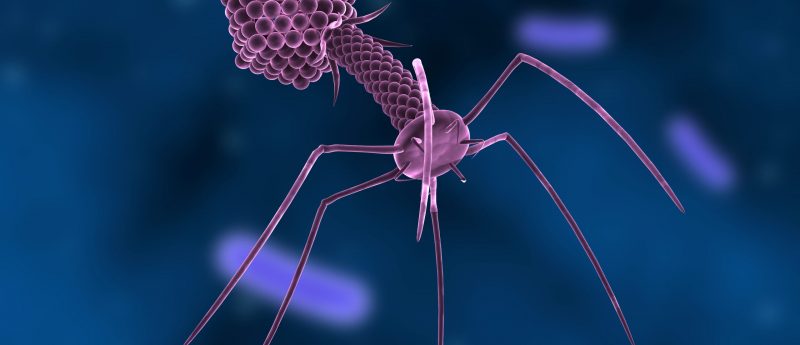New virus purification technique may allow bulk production for gene therapy

Adeno-associated virus purification could become cheaper and more efficient, advancing gene therapy by reducing a significant bottleneck.
This week, CPI (Wilton, UK) announced the development of a more efficient and affordable technique for purifying adeno-associated virus (AAV) particles. AAVs have been a key tool in advancing gene therapy by allowing the simple insertion of genes in a wide range of cell types; however, their clinical use has been hindered by the technical and financial difficulties involved in mass production. This new technique aims to reduce these burdens and enable quick, cost-efficient virus production by utilizing new electrospun cellulose nanofibers.
The new nanofibers, produced by CPI in collaboration with Cobra Biologics (Keele, UK) and GE Healthcare Life Sciences (UK), are based on GE’s FibroTM technology and have been modified to display new chromatography patterns compared to previous materials. CPI state that these alterations have now overcome the prior limitations on recovery and capacity, allowing the separation and purification of large and more complex AAV particles through chromatography.
AAVs became an industry favorite because of their ease of use and their ability to transmit genes without integrating into the DNA like retroviruses, and while not all cell types are amenable to modification through AAVs, they remain one of the preferred choices for viral transduction.
John Liddell, Chief Technologist at CPI, explained that “Gene therapies have the potential to be transformative for disease areas with unmet clinical need, and effective manufacturing processes are crucial for reaching the time and cost points necessary for achieving commercialization.”
This project was the second CPI had received funding for through Innovate UK, a national body funded by the UK government, to develop more efficient viral vectors. Since 2007, Innovate UK have invested approximately £2.5 billion into business and research collaborations, aimed at accelerating innovation and driving business investment, with this project costing £570K.
CPI have now integrated these nanofibers into industrially-relevant, multistep processes with robust, high yield purification of AAVs, which will allow the industry to harness this development to push forward gene therapy.
FAQ
What are adeno-associated viruses?
Adeno-associated viruses are small viruses which normally display no severe impact on health, other than a mild immune response. These viruses have been adopted for gene therapy because of their size, ability to infect an array of cells and their DNA-based genome.
How do adeno-associated viruses work?
Prior methods involved transfecting DNA into cells using electricity or chemicals, however, this required cells be quickly dividing. This dramatically reduced the ability to utilize these tools in stem cell work. The use of AAVs bypassed this need. After a short incubation period with the host, they can insert their DNA into both dividing and non-dividing cells. While natural AAVs may integrate their DNA into the host’s, those used in gene therapy often avoid this to reduce the risk of detrimental insertion.